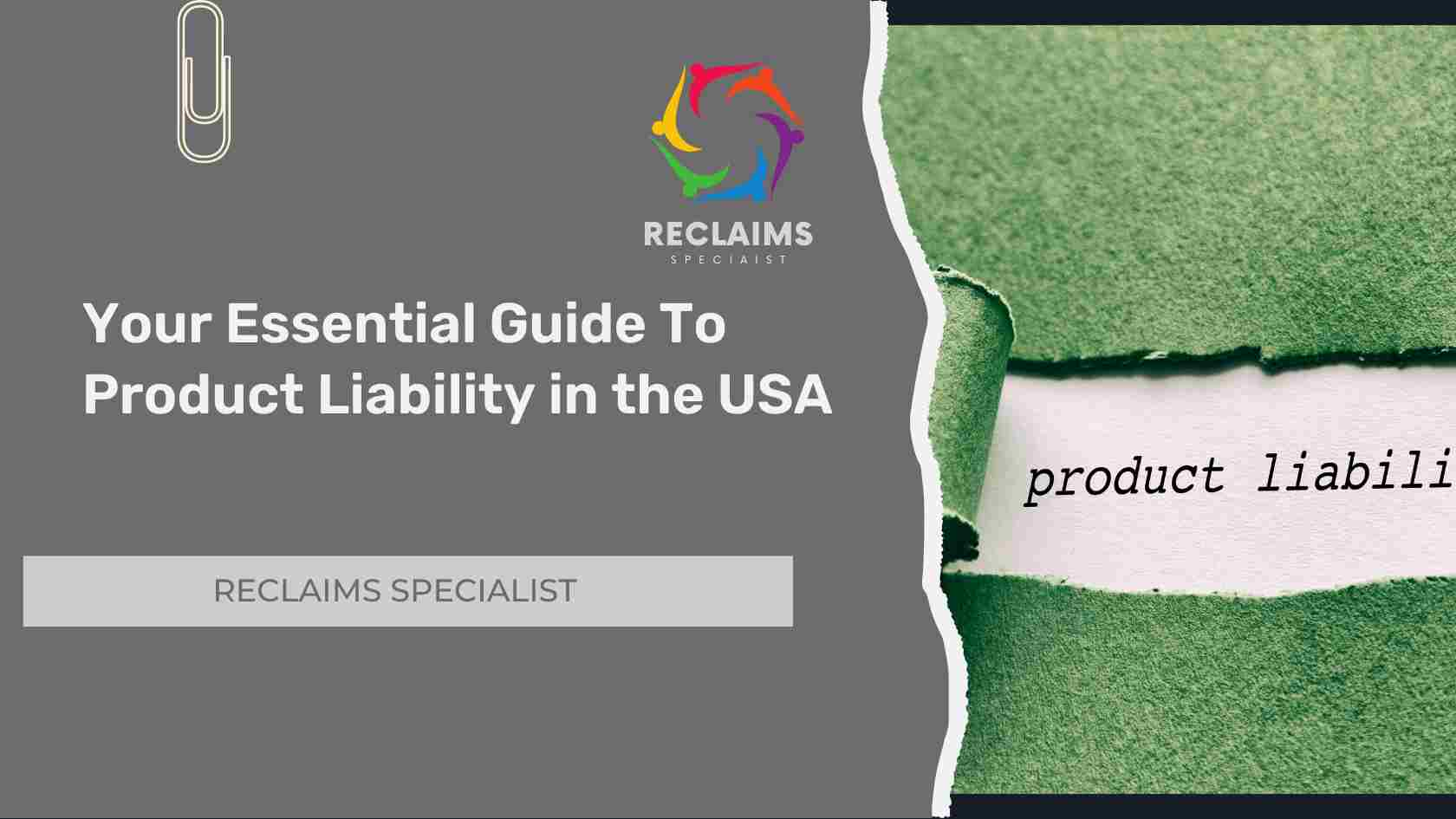In today’s consumer-driven world, we rely on products of all kinds to enhance our lives and make daily tasks easier. However, what happens when a product fails to meet safety standards or causes harm? That’s where product liability comes into play. As a consumer or business owner, it is crucial to understand the basics of product liability in the United States to ensure your rights are protected. In this blog post, we will explore the concept of product liability, its key components, and what it means for various stakeholders.
- What is Product Liability?:
Product liability refers to the legal responsibility held by manufacturers, distributors, suppliers, and retailers for any injuries or damages caused by their products. It is a branch of tort law that allows individuals harmed by a defective product to seek compensation for their losses.

- Types of Product Defects:
Product liability claims typically revolve around three main types of defects:- Manufacturing Defects: These occur during the production process and make a particular product deviate from its intended design, rendering it dangerous or defective.
- Design Defects: Design defects occur when the product’s original design is inherently flawed, making it dangerous or unfit for its intended purpose, even when manufactured correctly.
- Marketing Defects: Also known as failure to warn or inadequate instructions, these defects involve insufficient warning labels, instructions, or inadequate safety precautions.
- Parties Involved in Product Liability Claims:
Several parties can be held liable in product liability cases, depending on their role in the supply chain:- Manufacturer: The primary responsibility lies with the manufacturer of the product. This includes companies that design, produce, assemble, or package the product.
- Distributor: If a defective product reaches the consumer through a distributor or wholesaler, they can also be held liable.
- Retailer: Retailers can be held accountable if they sell a defective product, especially if they played a role in creating the defect or were aware of the defect and failed to warn consumers.
- Legal Theories for Product Liability:
When pursuing a product liability claim, plaintiffs typically rely on three legal theories:- Negligence: This theory asserts that the manufacturer or other parties in the supply chain failed to exercise reasonable care in designing, manufacturing, or distributing the product, resulting in harm to the consumer.
- Strict Liability: Under strict liability, a plaintiff does not need to prove negligence. Instead, they must demonstrate that the product was defective and unreasonably dangerous, regardless of the defendant’s level of care.
- Breach of Warranty: Warranty claims arise when the product fails to meet the explicit or implied warranties made by the manufacturer or seller, resulting in harm to the consumer.
- Statute of Limitations and Damages:
- It is essential to be aware of the statute of limitations, which determines the timeframe within which a product liability claim can be filed. This varies from state to state, but generally, it is within two to four years from the date of injury.
- In terms of damages, product liability claims seek compensation for various losses, including medical expenses, pain and suffering, lost wages, and in severe cases, punitive damages.


